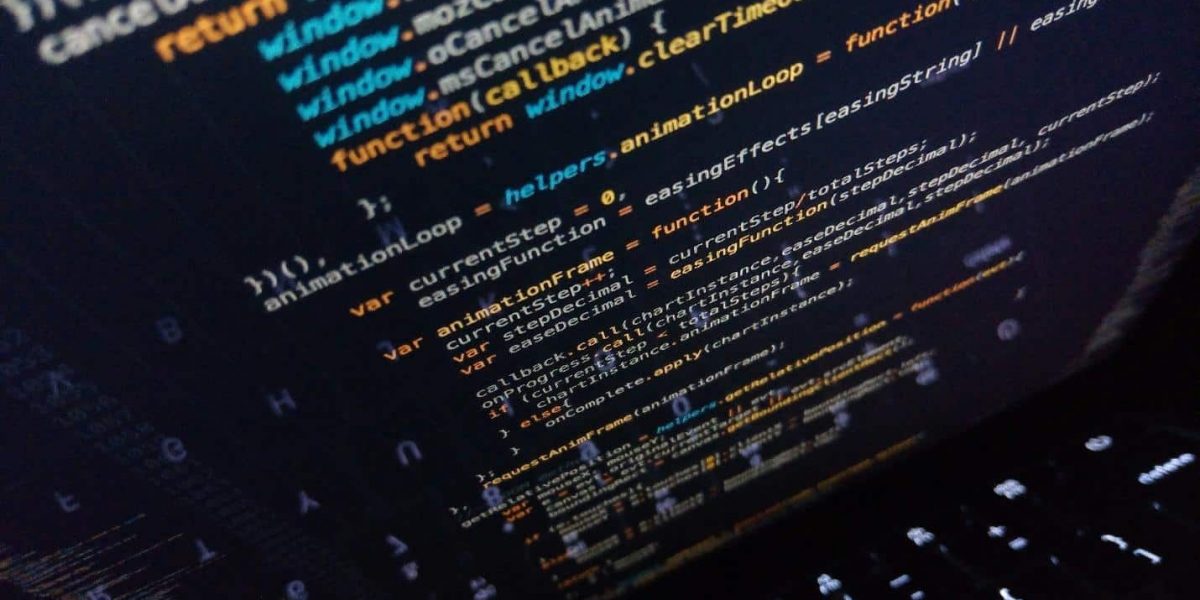By: Martha Rodriguez
Choosing the right programming languages can make or break a development project. Harnessing the power of both Python and JavaScript could potentially offer the answer. These two languages are the cornerstones of modern software development, offering unique yet complementary strengths that streamline coding processes and can elevate project success. Python is praised for its simplicity and efficiency in handling data-centric tasks, while JavaScript stands out in creating dynamic and interactive user interfaces.
David Boutry explores actionable strategies to integrate Python’s robust backend capabilities with the versatility of JavaScript’s frontend magic. By learning to skillfully navigate and combine these languages, developers may be able to speed up their workflow and enhance the performance and scalability of their applications. Understanding how to effectively use these languages together can be essential for meeting the demands of modern software development.
Understanding Python and JavaScript in Software Development
Python and JavaScript are two of the most popular programming languages used today. They play vital roles in the software development process, each shining in its own domain. Together, they have the potential to form a powerful duo that may help bring digital visions to life through seamless design and functionality.
Python stands out in the world of server-side development. Its clean syntax and readability make it a favorite among developers. But what makes Python truly shine in backend development are its robust features and capabilities, which can be a catalyst for innovation on the server side, allowing for rapid development and deployment of web applications.
JavaScript is the heartbeat of interactive web applications. As the dominant language for front-end development, it brings life and interactivity to user interfaces. Frameworks, such as React, renowned for its performance and ability to handle fast-changing data, Angular, a Google-developed framework ideal for building complex, single-page applications with a clear structure, and Vue for its simplicity and flexibility, make it a strong choice for both small and large applications alike.
Each framework provides its benefits, but all share the common goal of simplifying the development process and potentially enhancing application performance.
“JavaScript continues to evolve, constantly pushing the boundaries of what is possible on the web,” says David Boutry. “Its role in crafting user-centric applications suggests that the web can remain an interactive and engaging environment.”
By understanding the strengths of Python and JavaScript, developers may leverage these powerful tools to craft sophisticated and responsive applications. The synergy between backend and frontend development is a process that requires both finesse and precision to orchestrate effectively.
Combining Python and JavaScript for Full-Stack Development
Full-stack development combines Python and JavaScript to empower developers to create seamless, robust applications designed to function smoothly on all fronts.
APIs (Application Programming Interfaces) connect different parts of a software application. Python excels at building RESTful APIs with frameworks like Flask or Django, handling data requests, and managing databases efficiently, potentially ensuring the application has consistent access to the data it needs.
Once Python APIs are built, integration with JavaScript front ends follows naturally. Techniques like Fetch API or WebSocket allow for real-time data flow and asynchronous updates, which are valuable for applications like live chat or online games. This synergy can enable innovative and dynamic solutions in full-stack development.
Best Practices for Leveraging Both Languages
Using both Python and JavaScript together brings versatility and power, allowing developers to tackle a wide range of projects. To fully harness their potential, it’s essential to follow best practices that help keep code organized and readable.
Start by maintaining consistency across both languages. Use the same naming conventions, code formatting, and commenting styles. For Python, following the PEP 8 style guide is recommended. PEP 8 emphasizes writing readable code through proper indentation, meaningful variable names, and consistent use of spaces over tabs. JavaScript projects may also benefit from modular structures and tools like Webpack or Babel.
Notes David Boutry, “Being patient makes it easier to read and helps you track down bugs more efficiently.”
Version control systems like Git are invaluable in helping teams work independently and merge changes safely. A clear workflow with defined roles for feature, release, and hotfix branches is recommended.

The Future of Python and JavaScript in Software Development
Python and JavaScript stand as prominent languages in the world of software development, each offering substantial flexibility and power across a wide range of industries. Python’s future appears bright, driven by its ease of use and versatility. Its simplicity makes it accessible to newcomers while providing depth needed by experienced developers. As demand for data scientists and AI specialists grows, so could the demand for Python, thanks to its extensive libraries like Pandas and TensorFlow, valuable for data manipulation and machine learning. Python’s straightforward syntax has also made it a popular choice in educational institutions, fostering a new generation of developers.
Though traditionally not known for web development, Python is gradually gaining ground with frameworks like Django and Flask, offering powerful tools for building modern web applications. Beyond that, Python is expanding into areas like automation, IoT (Internet of Things), and cross-platform development with frameworks like Kivy and BeeWare. Its growing role in IoT devices promises potential new horizons for Python developers, further extending its influence.
JavaScript, meanwhile, remains central to web development. With its ability to run on both the client and server sides, it supports dynamic user experiences on the web. The rise of frameworks like Node.js has enabled JavaScript to expand from front-end to back-end development, enabling developers to create entire applications using a single language. Its expansive ecosystem, featuring tools like React, Angular, and Vue.js, can allow developers to craft highly interactive web applications. JavaScript’s ability to integrate with emerging technologies like WebAssembly opens doors for performance-intensive applications, from complex simulations to gaming.
JavaScript is also moving into cross-platform development. Tools like Electron enable developers to use their web development skills to build native desktop apps for Windows, macOS, and Linux. Together, Python and JavaScript are reshaping industries by offering developers tools to tackle diverse projects, promoting innovation and efficiency across sectors.
“These cross-platform capabilities represent possibilities for a future where technology boundaries blur, providing developers flexibility and power,” says Boutry.
The future of software development lies not just in these languages themselves but in the ecosystems they foster. As Python and JavaScript continue to evolve, developers who commit to continuous learning and adaptability may find themselves at the forefront of technological advancement. The combination of Python’s back-end efficiency with JavaScript’s front-end dynamism offers remarkable potential, encouraging developers to engage with communities, contribute to open-source projects, and experiment with these languages to stay ahead in this rapidly evolving landscape.
Published by: Khy Talara

















